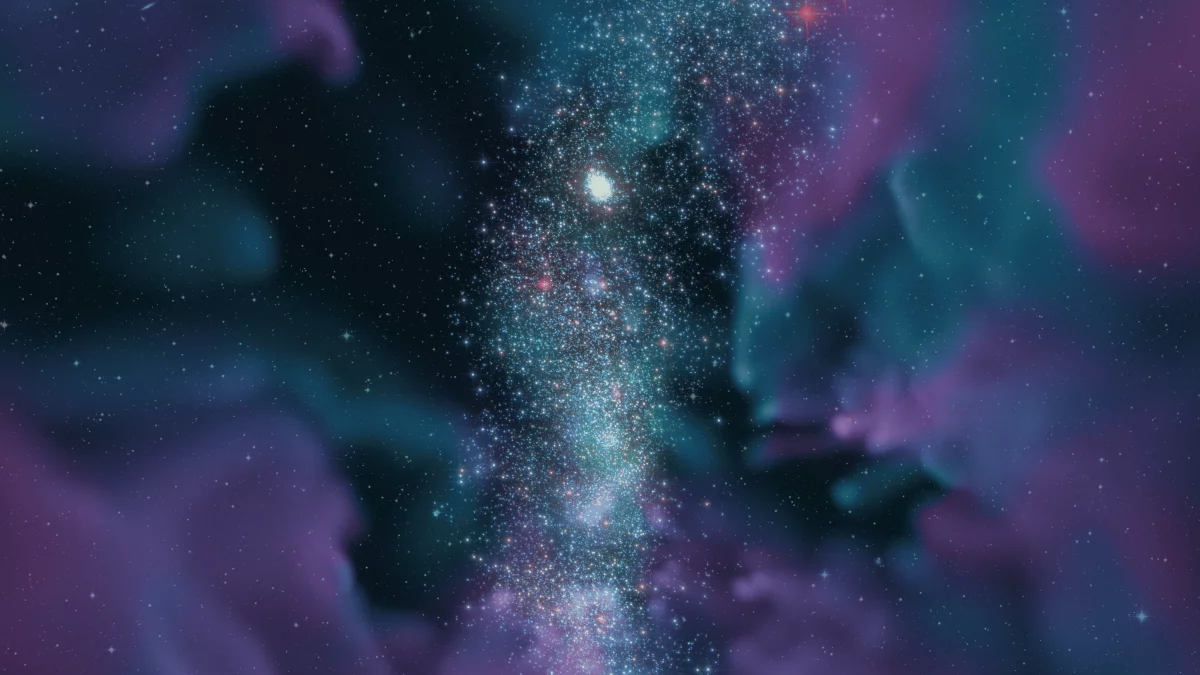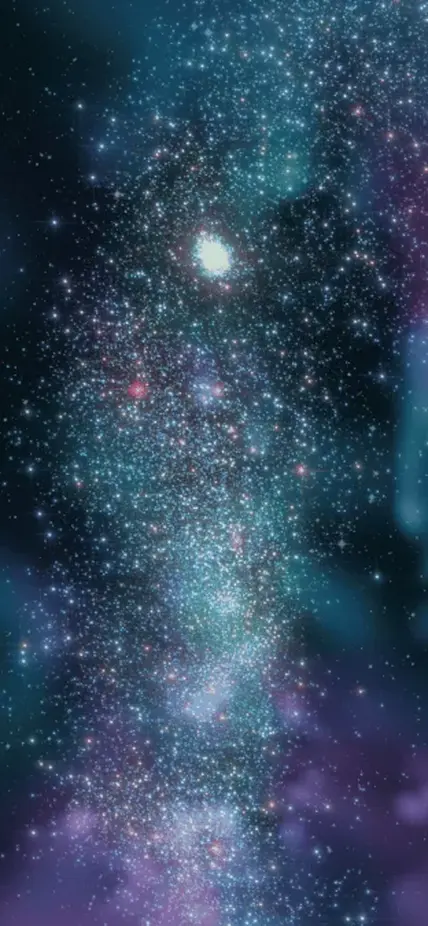Pasadena, CA—An international team of astronomers, including Carnegie Science’s Stacy Kim, recently predicted a new class of star system, called globular cluster-like dwarf galaxies, and demonstrated that some may be orbiting our own Milky Way galaxy. Their findings were published in Nature.
Imagine a sphere made up of a million stars bound by gravity and orbiting the center of a galaxy. That’s a globular cluster. The Milky Way is home to about 150 of them, which form a tenuous halo that envelops our galaxy.
However, unlike galaxies, they show no evidence of dark matter—the mysterious substance that makes up 80 percent of the cosmos—and their stars are unusually uniform in age and chemical composition—all traits that have left scientists debating how they formed for centuries.
The University of Surrey-led research team created ultra-high-resolution simulations to trace the 13.8-billion-year history of the universe in unprecedented detail. Their virtual cosmos, called EDGE, revealed that globular clusters can form in multiple different ways.
“We were able to do this in our EDGE simulations without having to add anything special to make them appear, and it just brings the simulations that extra level of realism,” said lead author Ethan Taylor of Surrey.

They were simultaneously able to form some of the lowest mass galaxies in the universe, what are known as dwarf galaxies. Unlike globular clusters, dwarf galaxies are dominated by dark matter, with around a thousand times more of it than the stars and gas in the galaxies combined.
The researchers unexpectedly uncovered a never-previously-predicted type of star system: globular cluster-like dwarf galaxies, which have properties between those of globular clusters and dwarf galaxies. These newly identified globular cluster-like dwarf galaxies appear similar to regular star clusters in how uniform their stars’ ages and chemical compositions are when observed, but contain a significant amount of dark matter.
“The EDGE simulations paint a striking new picture of the faintest galaxies in the universe,” explained Kim. “Excitingly, upcoming surveys with the Vera C. Rubin, Euclid, and Nancy Grace Roman telescopes will be able to detect many of them orbiting inside our Milky Way. They promise to revolutionize our understanding of the elusive dark matter, as they are incredibly dark matter rich. These globular cluster-like dwarf galaxies are also older than both globular clusters and conventional dwarf galaxies, offering an enticing window into the very early universe in which they formed.”
Existing data from ground- and space-based telescopes could have already spotted a few of them. For example, several known Milky Way satellites, such as the “ultra-faint” dwarf galaxy Reticulum II, are potential candidates. If confirmed, they could become prime sites for the search for the very first stars that formed in the universe. The next step is to determine the true identities of globular cluster-like dwarf galaxy candidates through targeted observations with telescopes, including JWST and upcoming deep spectroscopic surveys.
